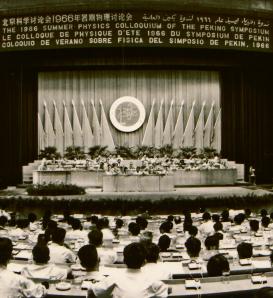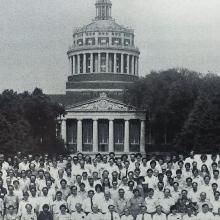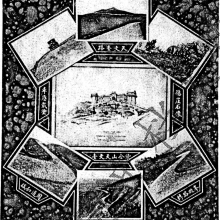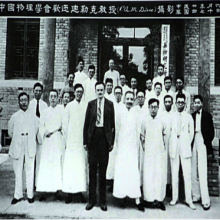This project, as part of the Max Planck Society Partner Group "Transmission and Interactions in Chinese Modern Physics," concentrates on two case studies in the field of the history of particle physics. One is the history of the Chinese physicists’ construction of the Straton model in 1965–66. The Straton model was a structure model of hadrons, and its proposition was influenced by Mao Zedong’s belief that matter can be infinitely divided. In July 1966, the Straton model was presented at the Summer Physics Colloquium of the Peking Symposium. Unfortunately, scientific research in China soon came to a halt due to the Cultural Revolution (1966–76). The Straton model was hardly known by Western physicists because the papers on it were written in Chinese.
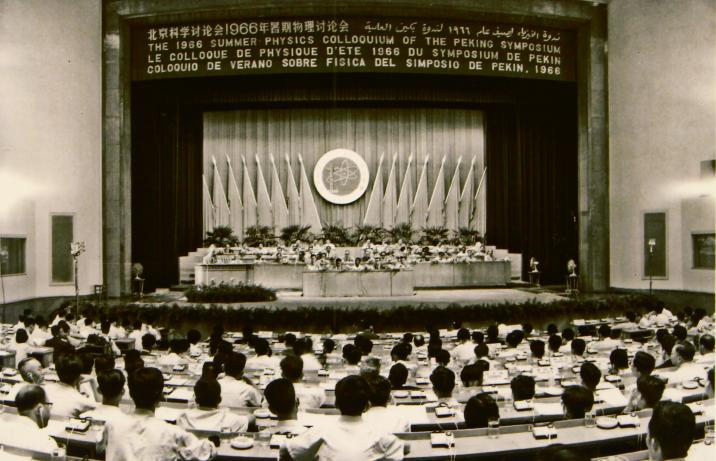
Opening ceremony of the 1966 Summer Physics Colloquium of the Peking Symposium. Source: Needham Research Institute.
This case study aims to show how scientific theory comes into being within a specific social context. It will also help us to understand the development of physics—and even natural science more broadly—between the 1950s and the 1970s in China. The second case study is the history of proposition and acceptation of Yang-Mills theory, which is now recognized as an essential part of all theories for sub-atomic particles. This case study considers the specific process by which the Yang-Mills theory was proposed, Yang and Mills’s mode of cooperation which factors caused Yang-Mills theory was not paid attention to it by other theoretical physicists after its proposition nearly ten years and finally became a monumental piece of work.

